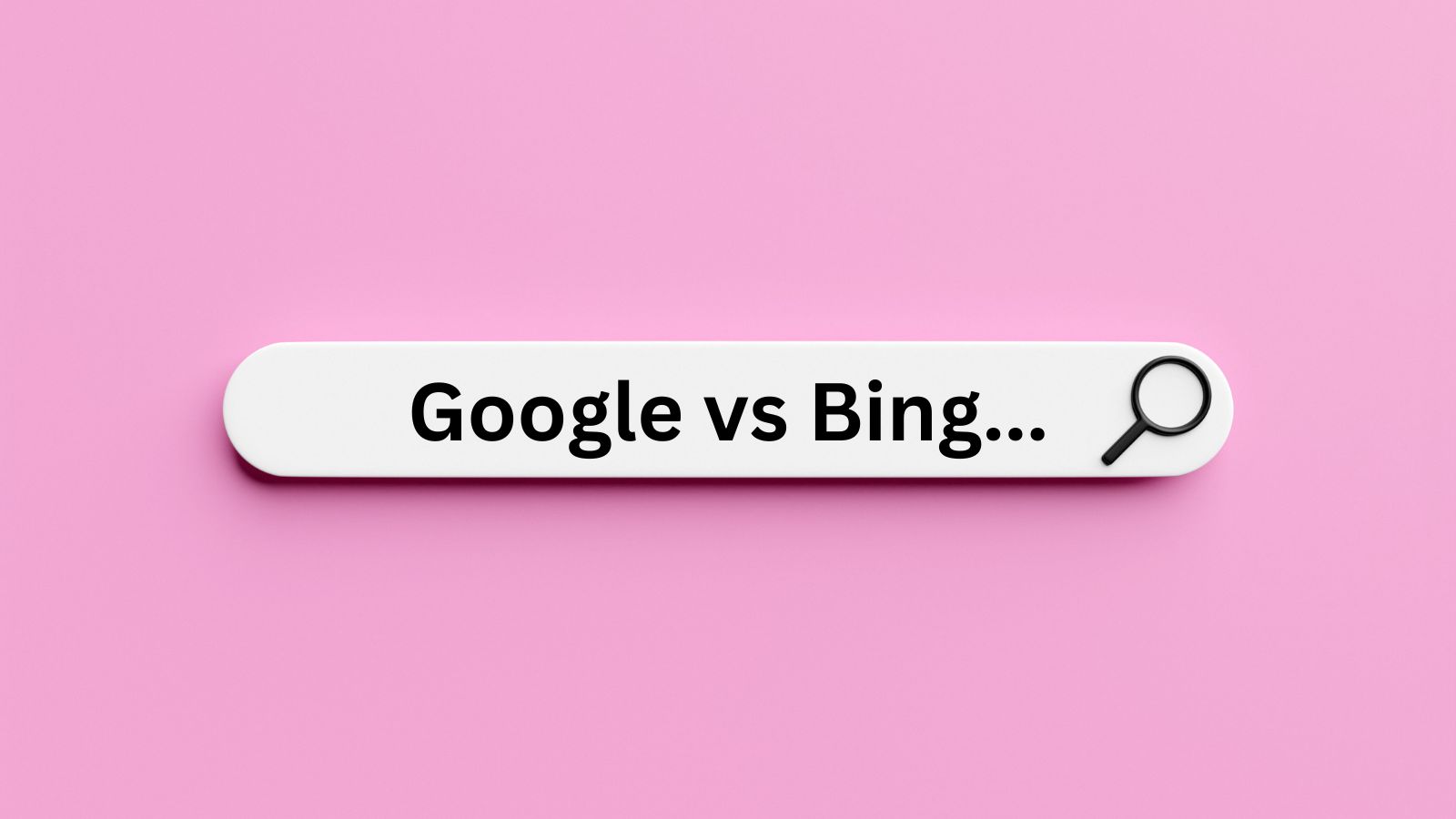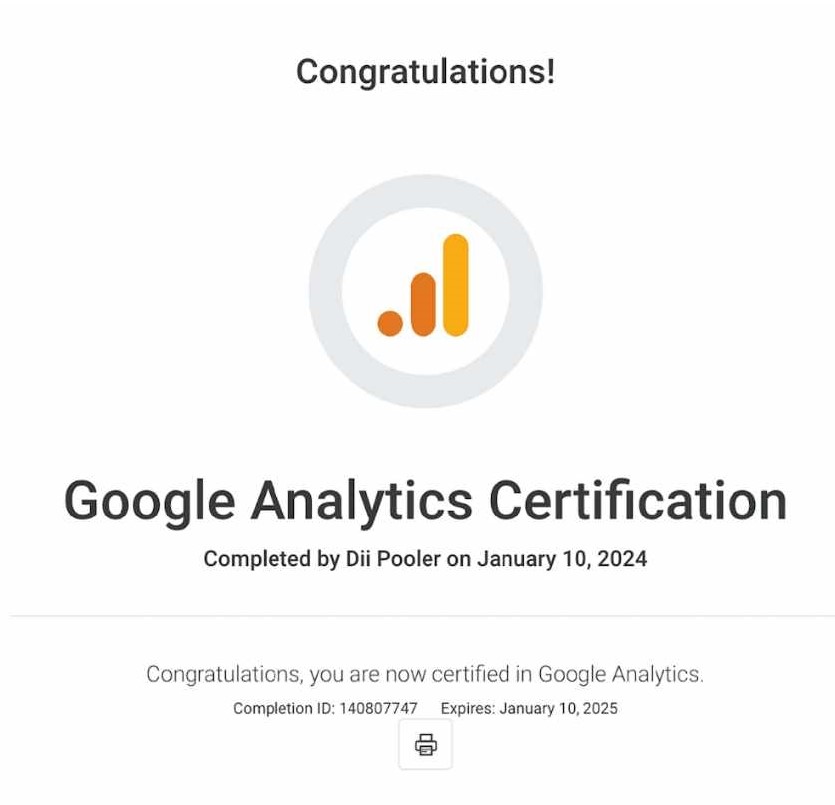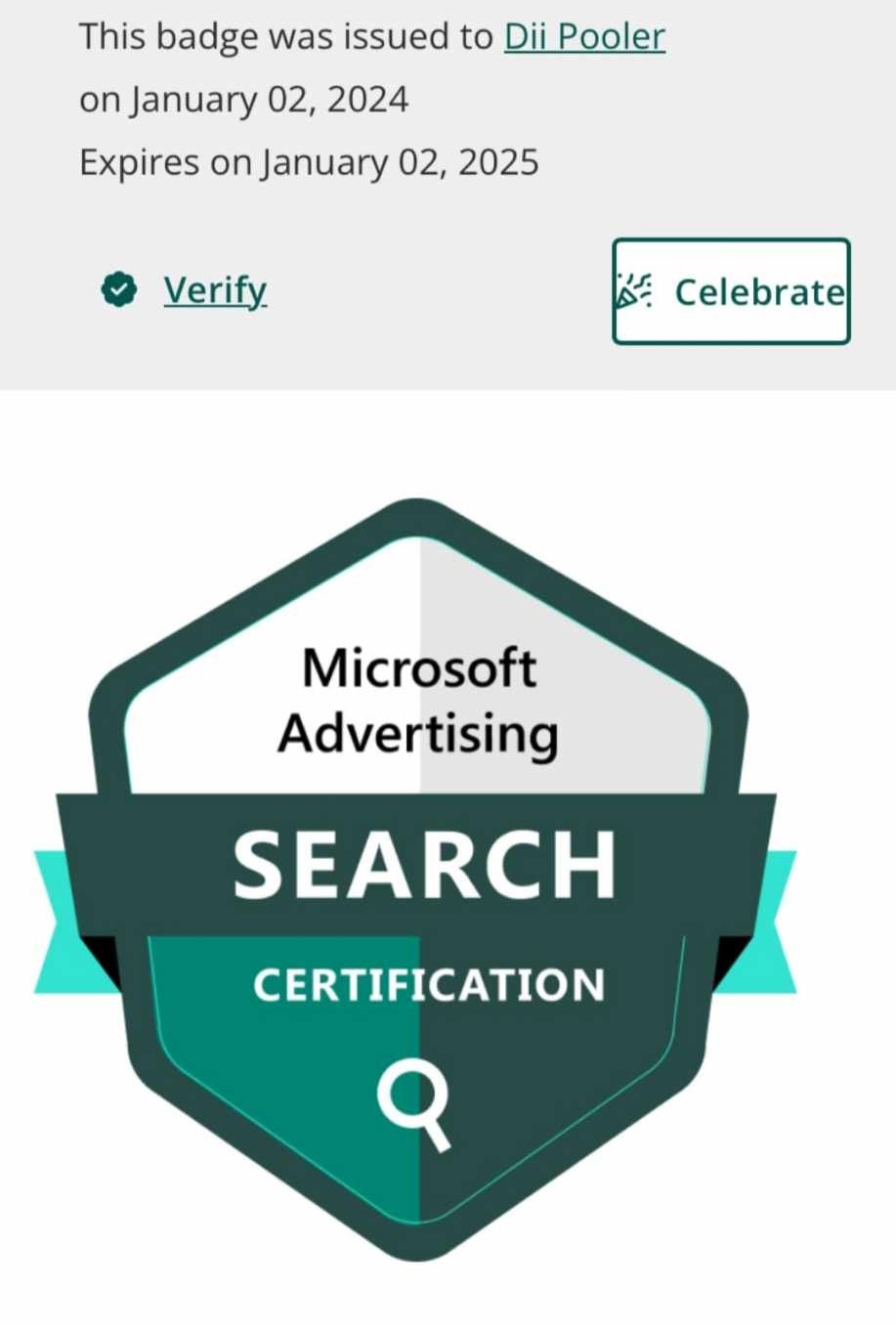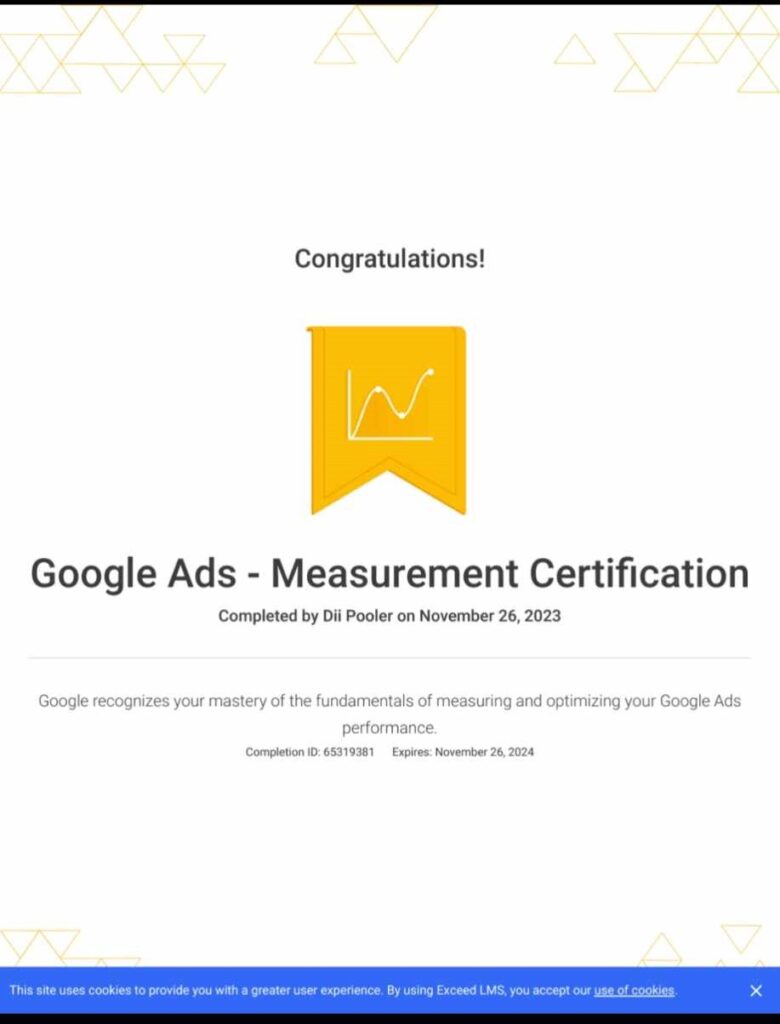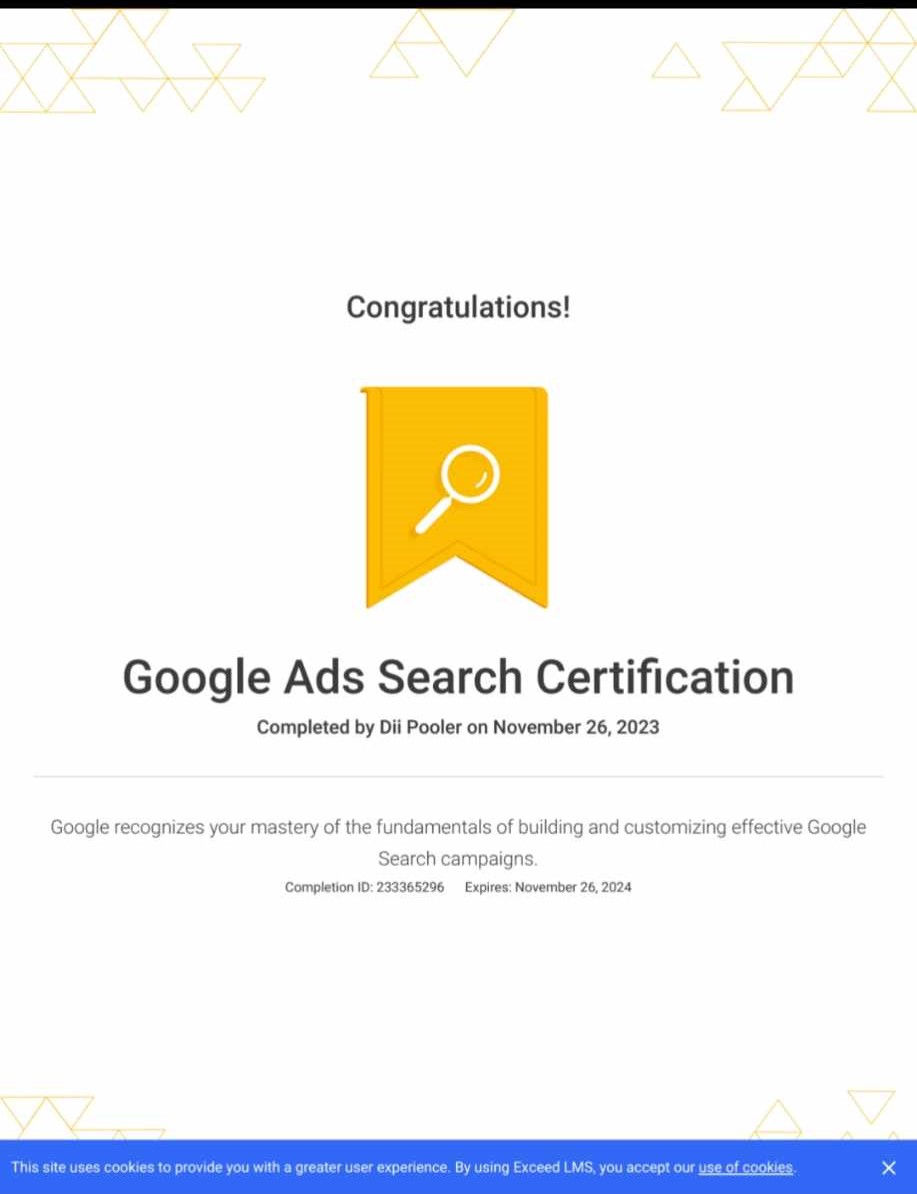Navigating through Google Ads bid strategies can feel like sorting through a vast sea of options for the untrained eye. In this dynamic digital landscape, understanding when and how to deploy Manual CPC, Maximize Clicks, Target Impression Share, and Smart Bidding is paramount to steering your campaigns toward success.
Even seasoned PPC advertisers find themselves grappling with the intricacies of bid strategies within Google Ads. With a plethora of options at our disposal, it’s easy to lose sight of the optimal approach for our campaign objectives. Each bid strategy confers upon Google’s algorithms a distinct directive concerning spend allocation, target metrics, and profitability. Consequently, media buyers often find themselves toggling between bid strategies, tailoring their selection to the current phase of a campaign’s lifecycle.
Let this guide serve as your compass in the tumultuous seas of bid strategies, illuminating the path toward informed decision-making. Here’s a breakdown of key bid strategies and their strategic applications:
1. Manual CPC:
While Manual CPC may not be the harbinger of modern bidding strategies, it serves two vital purposes. Firstly, it’s a great first option for brand campaigns, ensuring that searches for your brand lead to your website rather than competitors. Secondly, in lead generation campaigns, Manual CPC thrives amidst low-volume keywords, where budget constraints and data scarcity necessitate manual intervention.
• Pros: Provides granular control over bidding, ideal for brand campaigns and low-volume keywords.
• Cons: Requires constant monitoring and adjustment, limited scalability as campaign complexity increases./
2. Maximize Clicks:
Deploy Maximize Clicks judiciously, particularly for campaigns focused on traffic acquisition and data collection – specifically for new campaign builds. This strategy, devoid of bid limitations, aims to exhaust daily budgets and accrue as many clicks as possible. However, exercise caution, especially in discerning the quality of clicks garnered.
• Pros: Efficient for driving traffic and collecting data, particularly beneficial for upper-funnel campaigns.
• Cons: May result in low-quality clicks, lacks bid limitations, necessitating vigilant oversight.
3. Target Impression Share:
Reserved primarily for branded searches, Target Impression Share safeguards visibility and ensures that your brand remains prominent in search results against your competitors. Employ this strategy judiciously, leveraging Phrase and Exact Match keywords to maintain control over bidding dynamics.
• Pros: Ensures maximum visibility for branded searches, and safeguards against competitor encroachment.
• Cons: Limited applicability beyond branded searches, may lead to excessive spending if not managed judiciously.
4. Smart Bidding:
The pinnacle of bid strategy evolution, Smart Bidding harnesses the vast reservoir of user data to optimize campaign performance dynamically. Maximize Conversions and Maximize Conversion Value stands as pillars of smart bidding, aligning bids with transactional objectives and revenue targets.
Maximize Conversions aims to increase the number of conversions within a given budget while maximizing Conversion values aims at boosting the total value or revenue generated from conversions within a specific budget. Maximize conversion value has defined metrics or revenue. Maximize Conversion bids are great for lead generation while maximize conversion value bidding is preferred for e-commerce businesses.
As a fervent advocate for Smart Bidding, I champion its adoption as the cornerstone of modern advertising endeavors. While skepticism towards automation is warranted, the efficacy of Smart Bidding in unlocking untapped potential cannot be overstated. Embrace the paradigm shift towards automation, equipped with the knowledge to navigate its nuances effectively.
• Pros: Leverages machine learning and user data for dynamic bid optimization, and maximizes conversions or conversion value.
• Cons: Requires sufficient conversion data for optimal performance, and may lack transparency in bid decision-making.
Ultimately, the crux of bid strategy selection lies in alignment with campaign objectives. Whether steering towards manual controls or embracing automation, let your campaign goals be the lodestar guiding your strategic choices. Amidst the evolving digital landscape, adaptability reigns supreme, ensuring that performance optimization transcends from a question of “if” to “when.”



